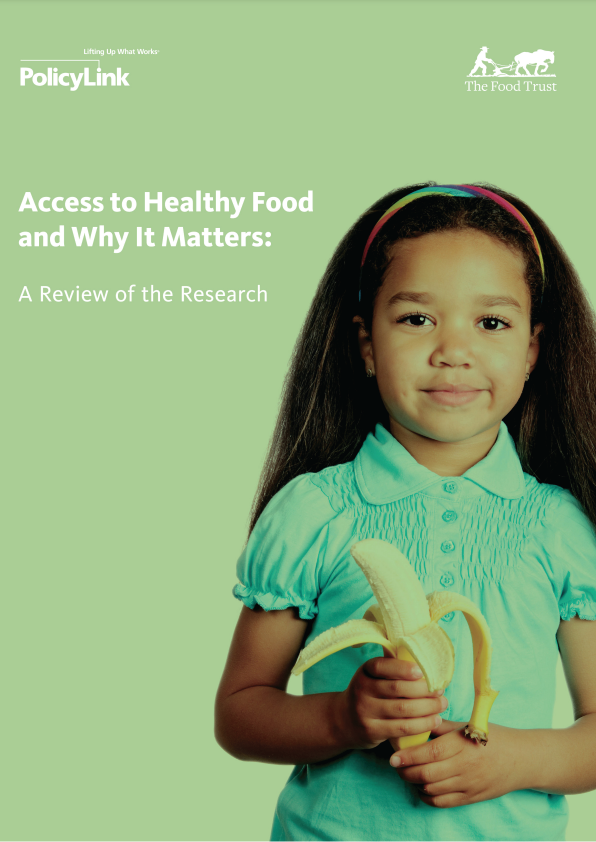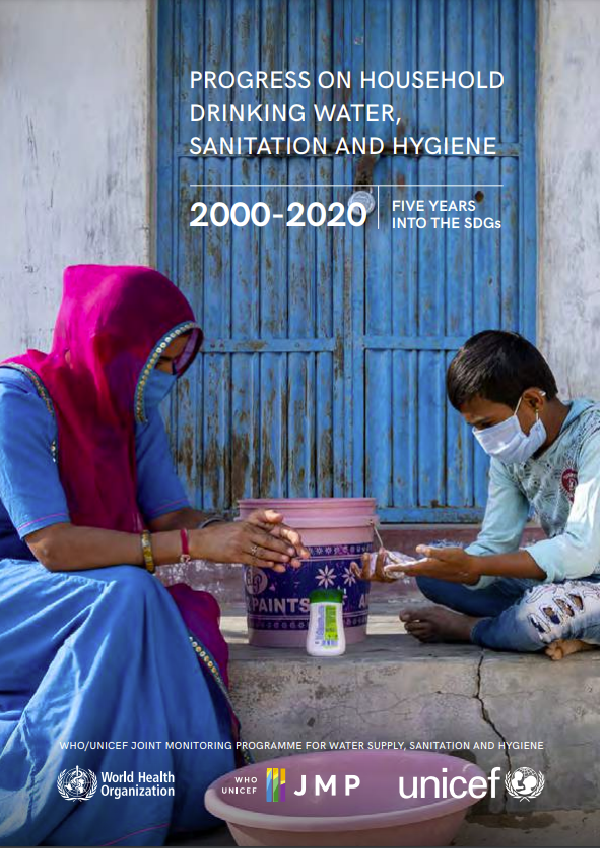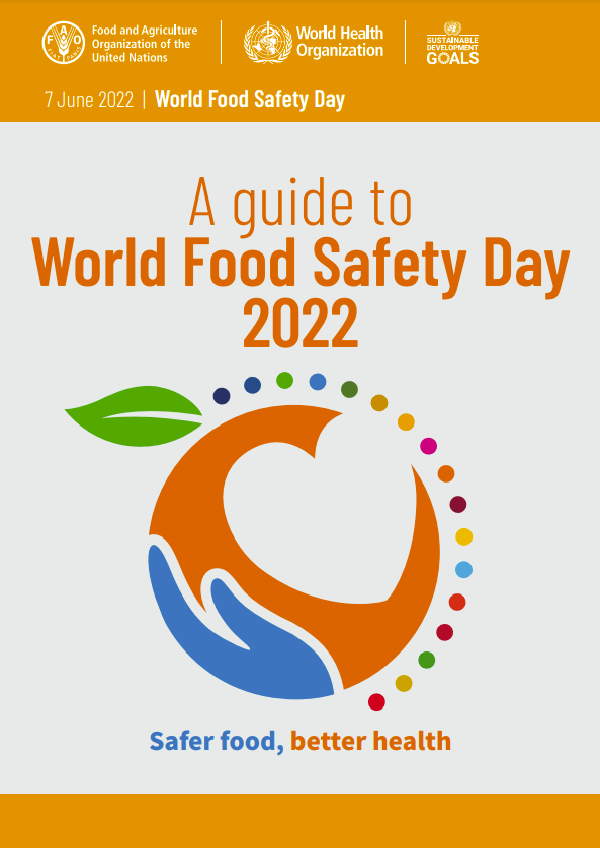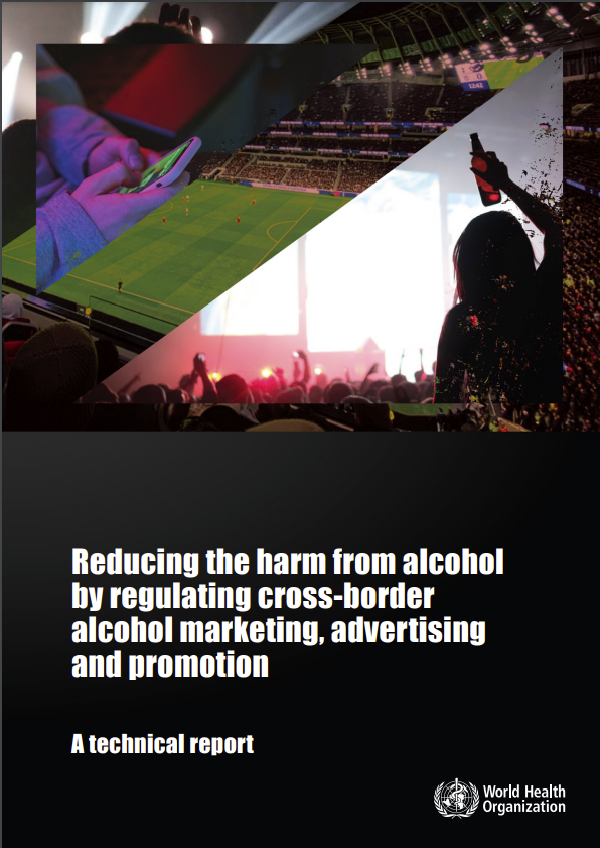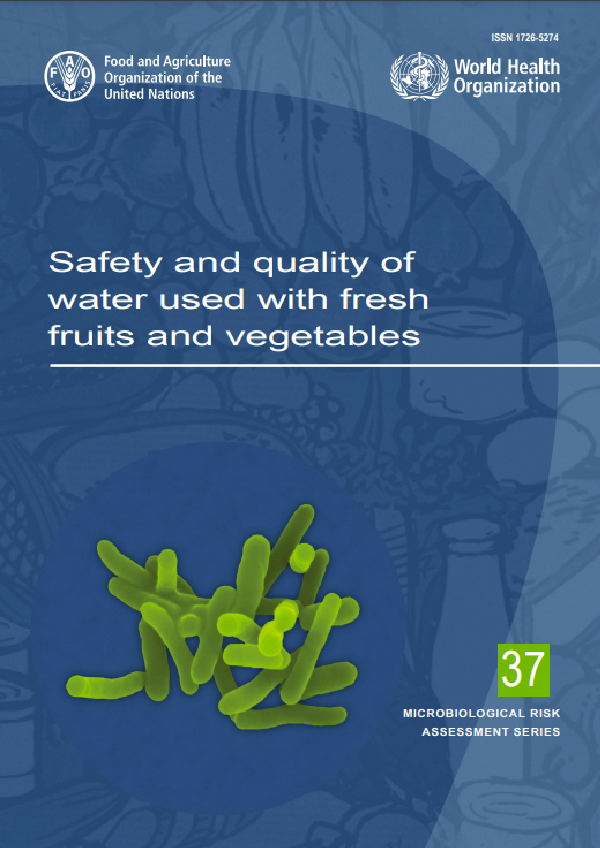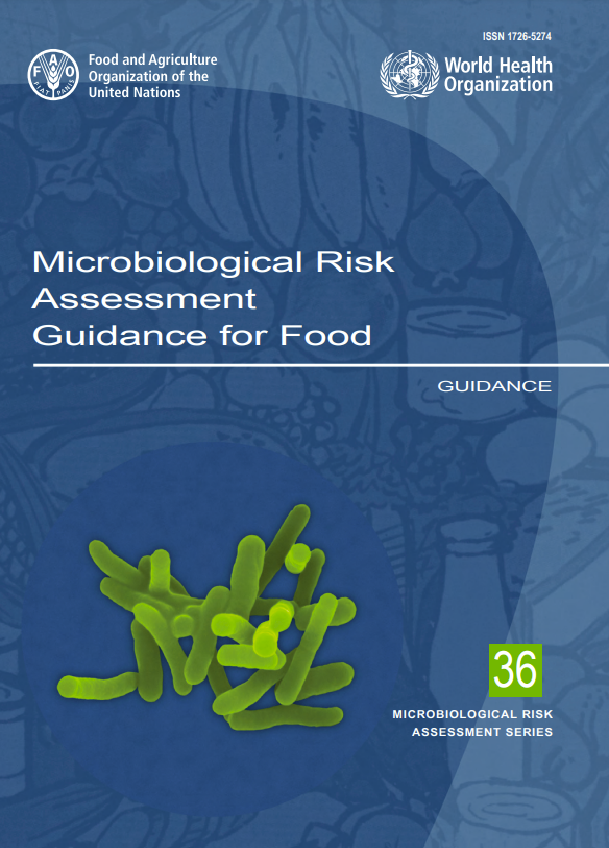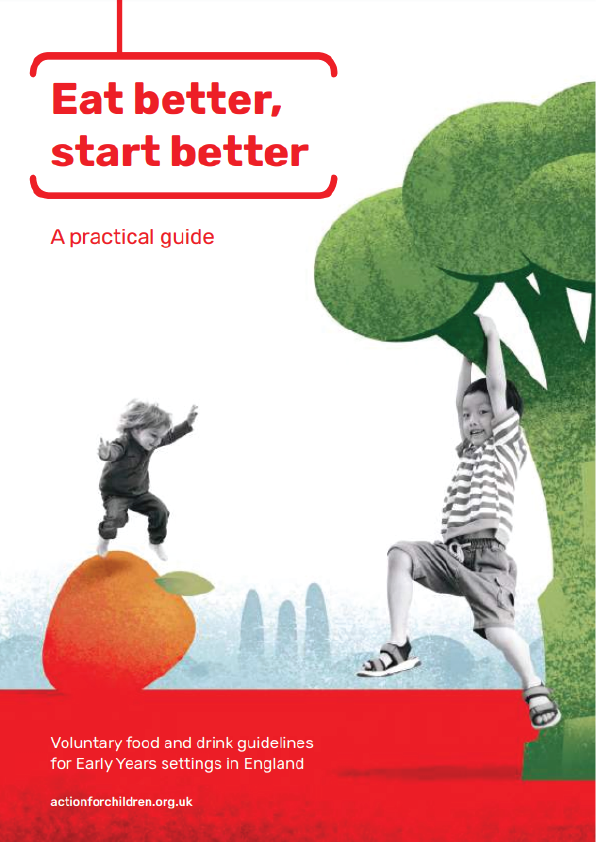Introduction
Healthy food retailers—grocery stores; farmers’ markets; cooperatives; mobile markets; and other vendors of fresh, affordable, nutritious food—are critical components of healthy, thriving communities. As the country inches its way out of the Great Recession and seeks to grow a more sustainable and equitable economy, ensuring that healthy food is accessible to all is crucial. Without access to healthy foods, a nutritious diet and good health are out of reach. And without grocery stores and other fresh food retailers, communities are also missing the commercial vitality that makes neighborhoods livable and helps local economies thrive.
Moreover, the challenge of access to healthy food has been a persistent one for communities of color. Beginning in the 1960s and 1970s, white, middle-class and working-class families left urban centers for homes in the suburbs, and supermarket chains went with them, leaving many innercity neighborhoods with few or no full-service markets—often for decades. Limited access to healthy food also plagues many rural communities and small towns, where population losses and economic changes have diminished food retail options. Even in agricultural centers where fruits and vegetables are being grown, residents may not have a retail outlet nearby. Many of the communities that lack healthy food retailers are also oversaturated with fast-food restaurants, liquor stores, and other sources of inexpensive, processed food with little to no nutritional value. For decades, community activists have organized around the lack of access to healthy foods as an economic, health, and social justice issue.
Healthy food retailers can generate significant economic stimulus by serving as anchors for further commercial revitalization, creating local jobs, generating tax revenues, and capturing local dollars within the community, among other economic and community development outcomes.1, 2 For example, it is estimated that 24 new jobs are created for every 10,000 square feet of retail grocery space,3 so a very large market can generate between 150 and 200 full- and part-time jobs.1 Attracting and incentivizing new or improved healthy food retail in communities of color and low-income, urban, and rural communities is an important component of a comprehensive strategy to revitalize disinvested areas by improving health and economic outcomes in the places that need it most.
As concerns have grown over the worsening obesity epidemic, access to healthy and affordable food has moved to the forefront of community, civic, and policymakers’ agendas. A shared recognition of the role that healthy food access plays in promoting stronger local economies, vibrant neighborhoods, and healthy people has sparked support for different projects and initiatives, bringing an array of approaches from grocery stores to farmers’ markets, mobile markets, food hubs, and community gardens.
Even as recognition of the problem is growing and progress is being made, between 6 and 9 percent of all U.S. households are still without access to healthy food. Nearly 30 million people live in lowincome areas with limited access to supermarkets (defined as the closest store being more than a mile away).4 The problem is particularly acute in lowincome communities of color. People living in these neighborhoods must either make do with the foods available in smaller local stores, which are very often less healthy and more expensive, or spend nearly 20 minutes traveling to the nearest large retailer or even more time in rural communities where a full-service grocery store may be more than 20 miles away.5
There has been a proliferation of innovative approaches to bringing healthy food retail into underserved communities in recent years. The bestknown large-scale innovation is the highly successful Pennsylvania Fresh Food Financing Initiative—a statewide public-private effort that helped develop or improve 88 supermarkets, smaller independently owned grocery stores, farmers’ markets, and other fresh food outlets in underserved urban communities, small towns, and rural areas throughout Pennsylvania. Launched in 2004, the initiative leveraged more than $190 million in healthy food retail projects over six years and is responsible for creating or retaining more than 5,000 jobs in Pennsylvania communities.6, b This program has so far been adapted and funded in six other states and cities, bringing much-needed financial resources and development know-how to communities seeking to improve healthy food access. Several more jurisdictions are in the process of starting funding for similar initiatives.
The federal Healthy Food Financing Initiative (HFFI), established in 2011, has, in three years, distributed more than $500 million in grants and tax credits to improve access to healthy food in communities across the country. The President has proposed to expand the program further in 2014. In total, more than $1 billion in private capital has already been leveraged to support an array of different projects and approaches—not only full-scale grocery stores but also consumer co-operatives, farmers’ markets, mobile markets, and food hubs. Thousands of jobs have been created, and hundreds of thousands of people have new access to healthy food.
The local and state-level efforts confirm that support for healthy food retail can come in many forms and that new models are emerging at a fast pace. Improving offerings at corner stores and bodegas, starting or expanding farmers’ markets and mobile markets, enhancing community gardens and other forms of urban agriculture, and initiating new forms of wholesale distribution through food hubs are among the promising strategies that bring economic and health benefits to neighborhoods. The local economy, development resources, community leadership and support, political will, and other factors determine what is possible and viable.
